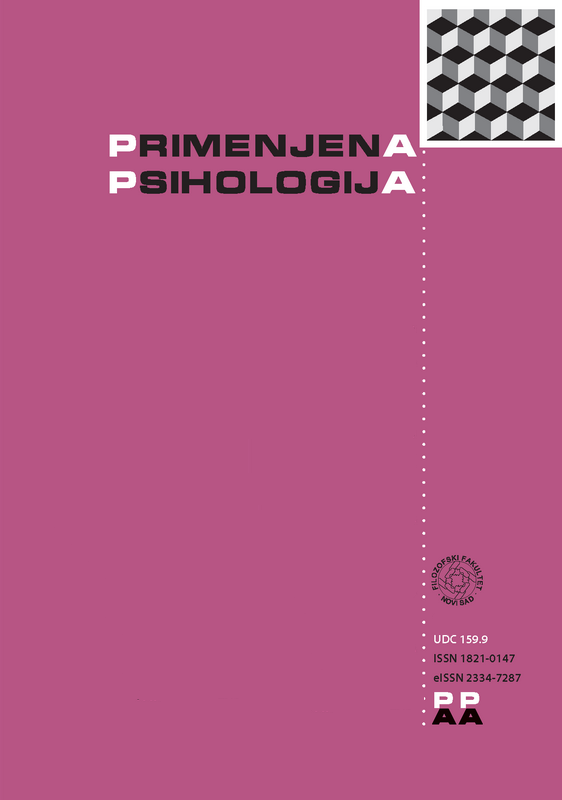Frequency and manifestations of bullying: Differences between primary and secondary school students
DOI:
https://doi.org/10.19090/pp.2010.4.289-305Keywords:
bullying, verbal violence, physical violence, witnesses of violenceAbstract
The paper presents the research conducted in course of the UNICEF project 'School without violence' in primary and secondary schools in Serbia. The main aim is to examine the differences between primary and secondary school students regarding the frequency and manifestations of bullying. The sample comprised 14943 students - 8689 (58.1 %) primary school students and 6254 (41.9%) secondary school students. A self-rating questionnaire (containing items with binary response format, as well as items with Likert scales) was applied in the research. The subjects were instructed to estimate a) their own violent behaviour, b) their own exposition to others’ violence, and c) attitudes and beliefs regarding different aspects of bullying. The results show that nearly 43,5% of students were exposed to bullying. In addition to that, around 11% of students were subjected to bullying repeatedly or frequently. The percent of students who were never bullied is larger among secondary school students. The most frequent form of bullying in both primary and secondary schools is verbal violence. Secondary school students are more prone to react when bullying occurs: the percent of those who would react in any way is larger among secondary school students.Downloads
Published
27.12.2010
How to Cite
Kodžopeljić, J., Smederevac, S., & Čolović, P. (2010). Frequency and manifestations of bullying: Differences between primary and secondary school students. Primenjena Psihologija, 3(4), 289–305. https://doi.org/10.19090/pp.2010.4.289-305
Issue
Section
Regular issues







